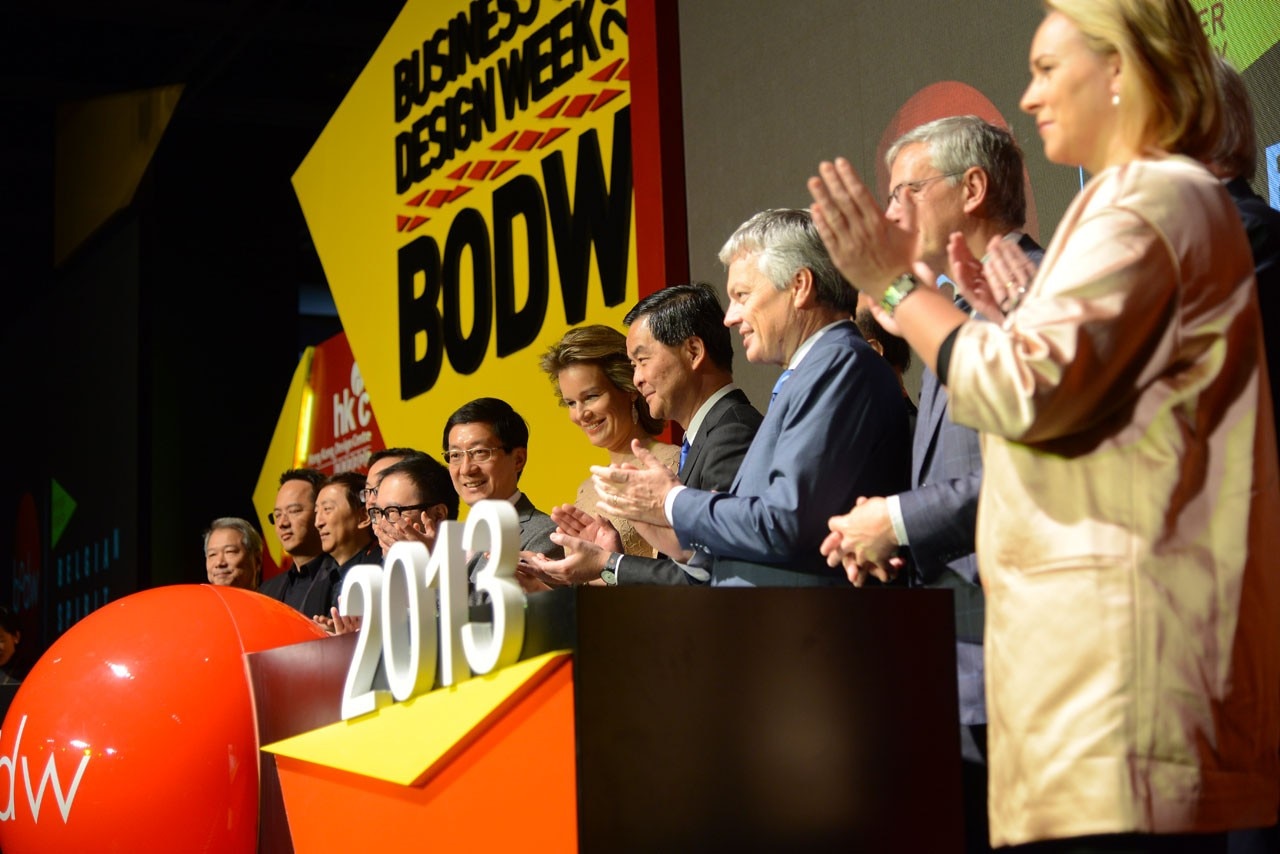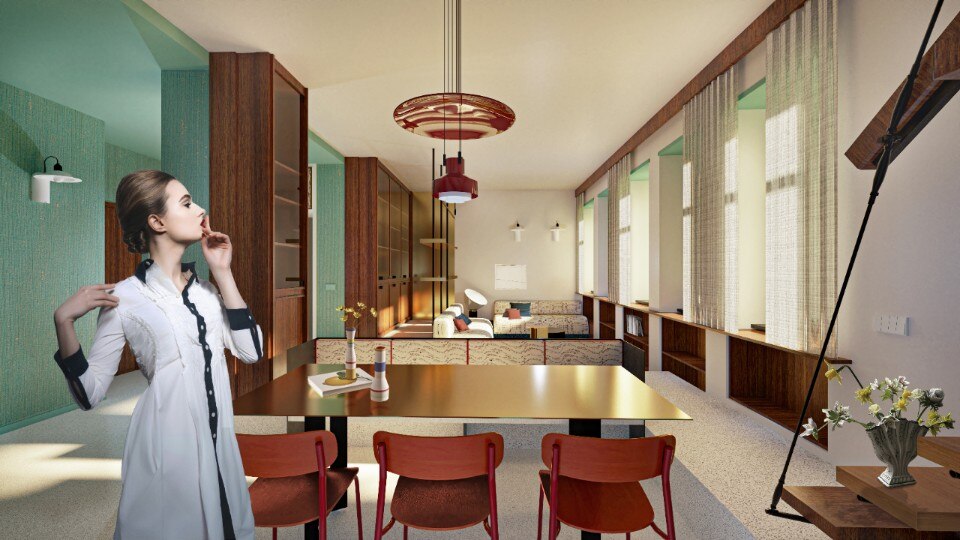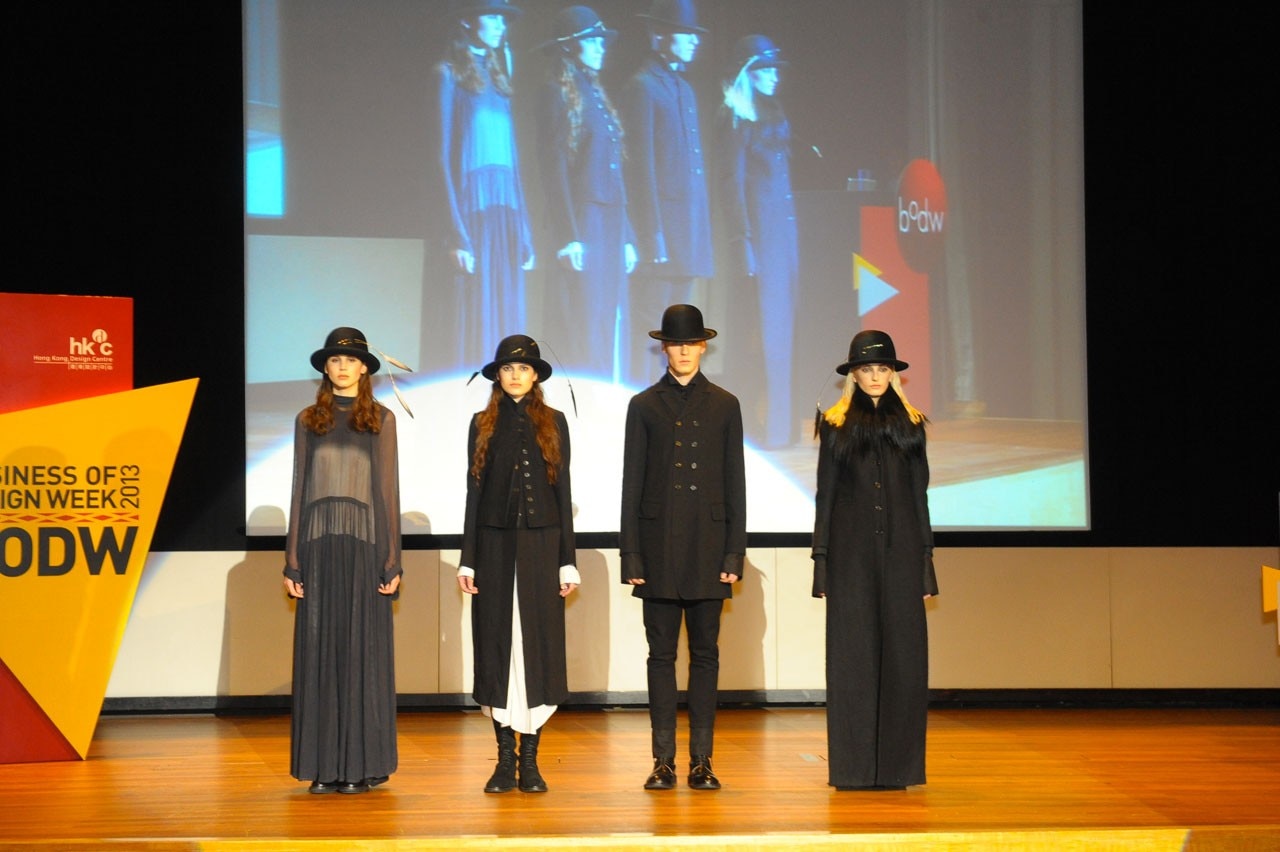
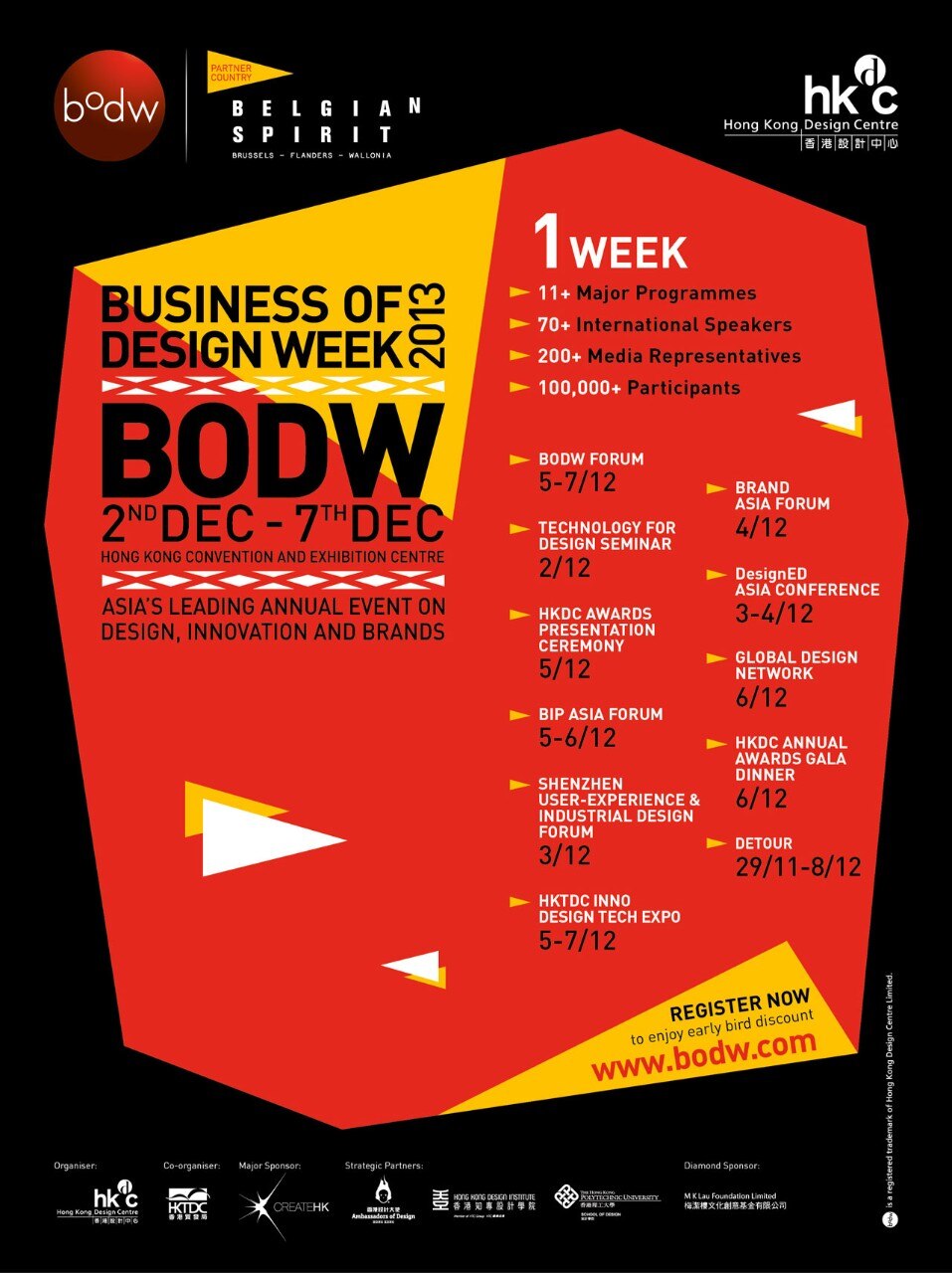
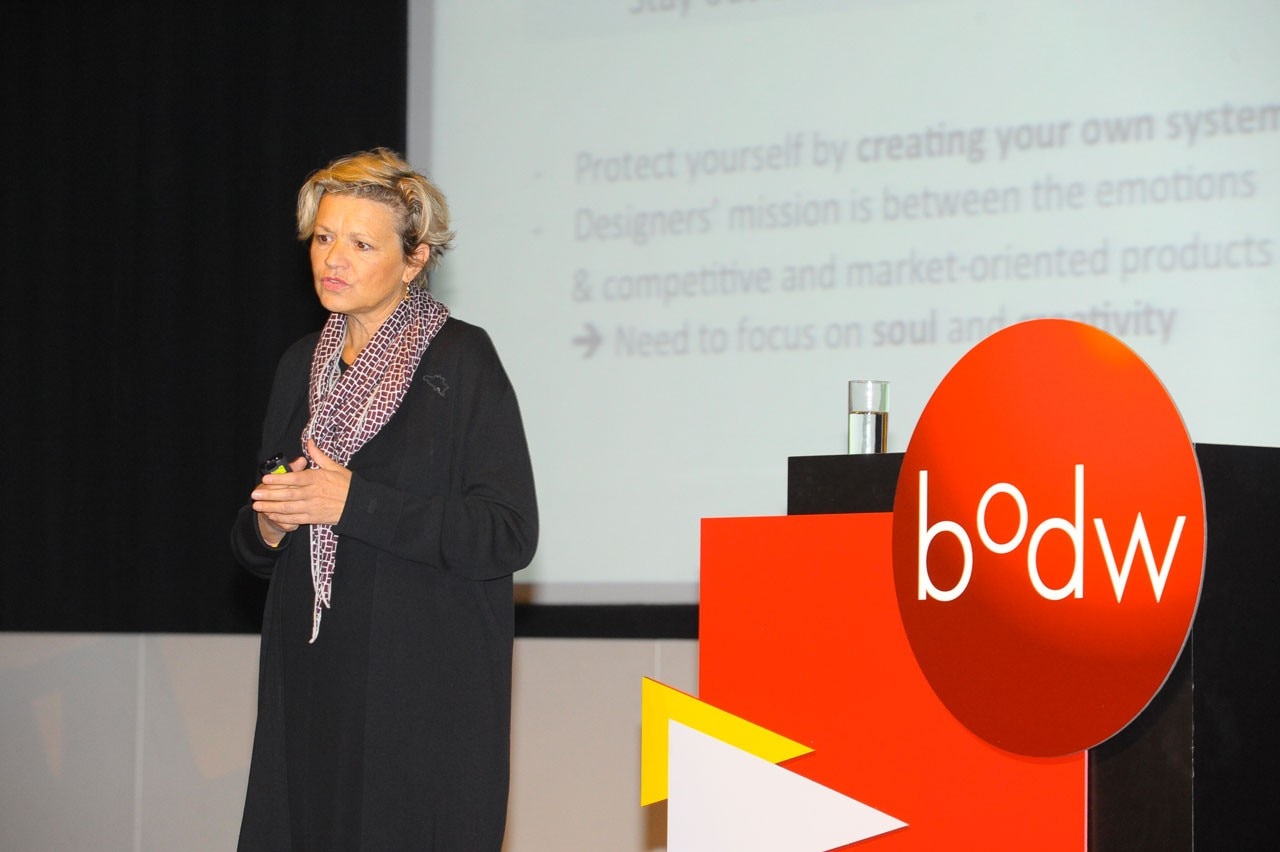
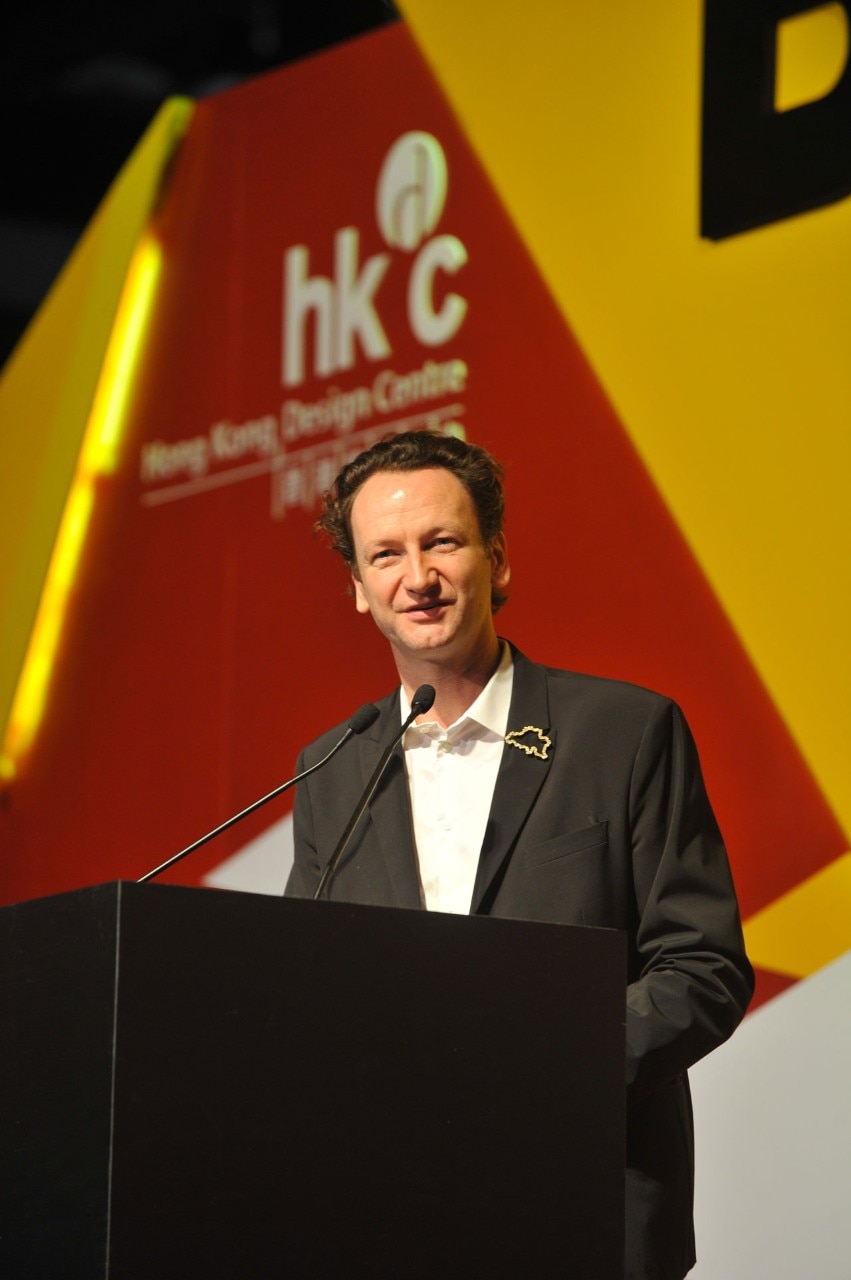
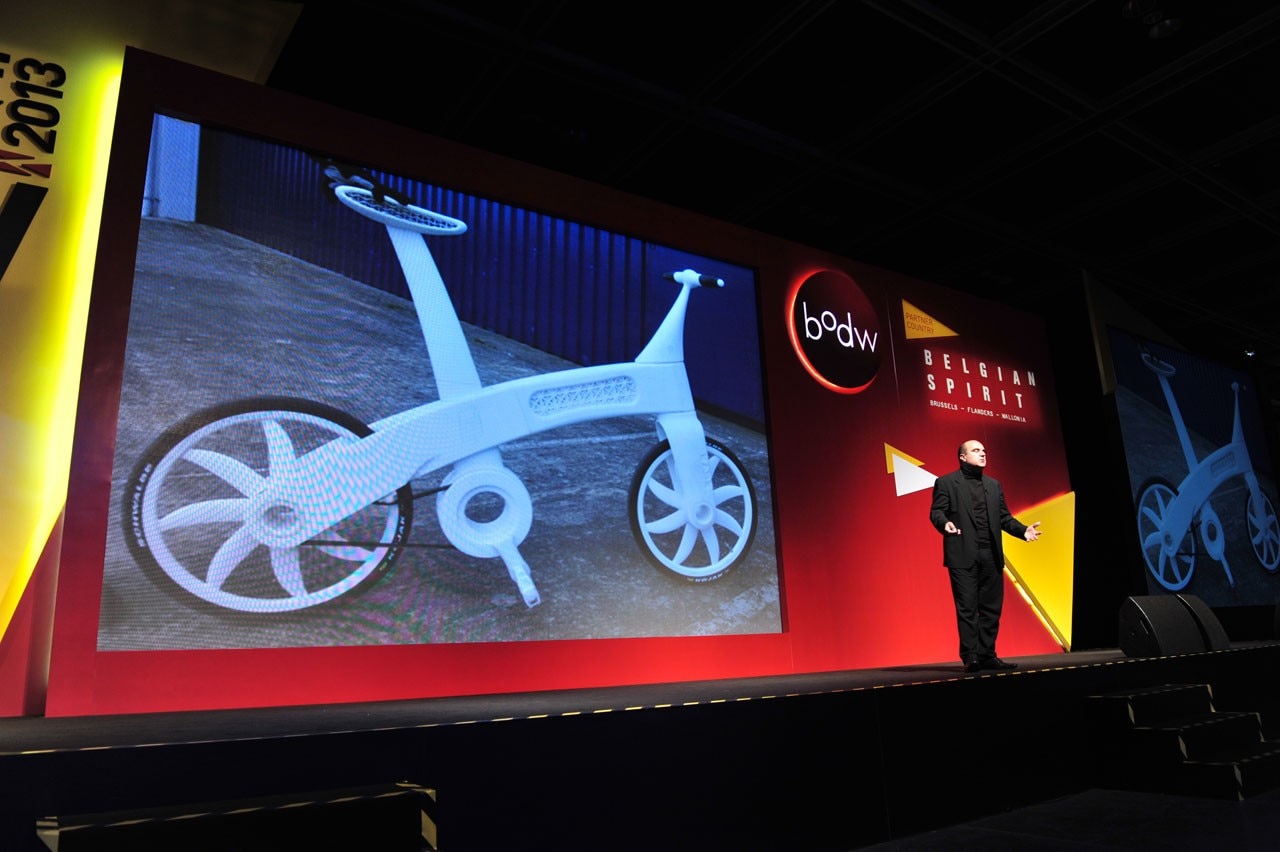
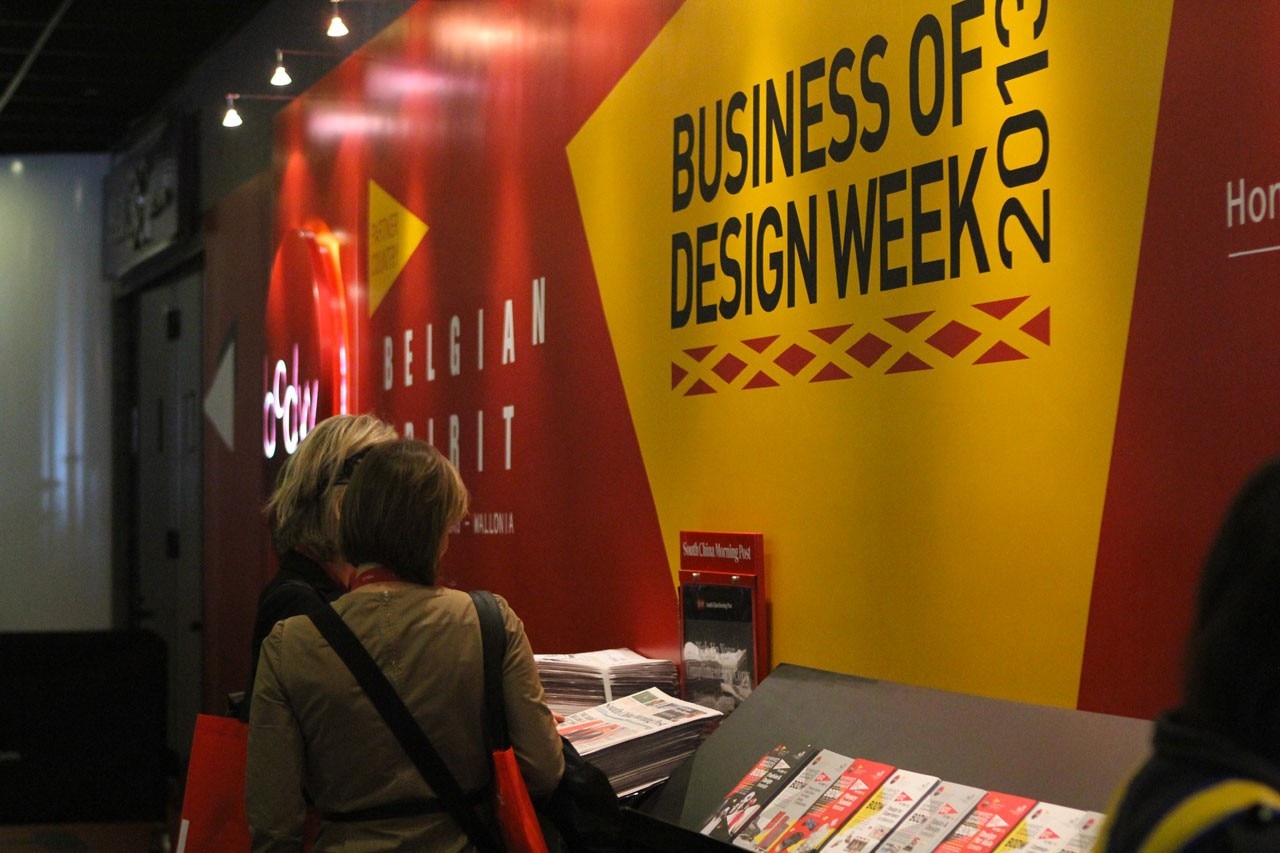
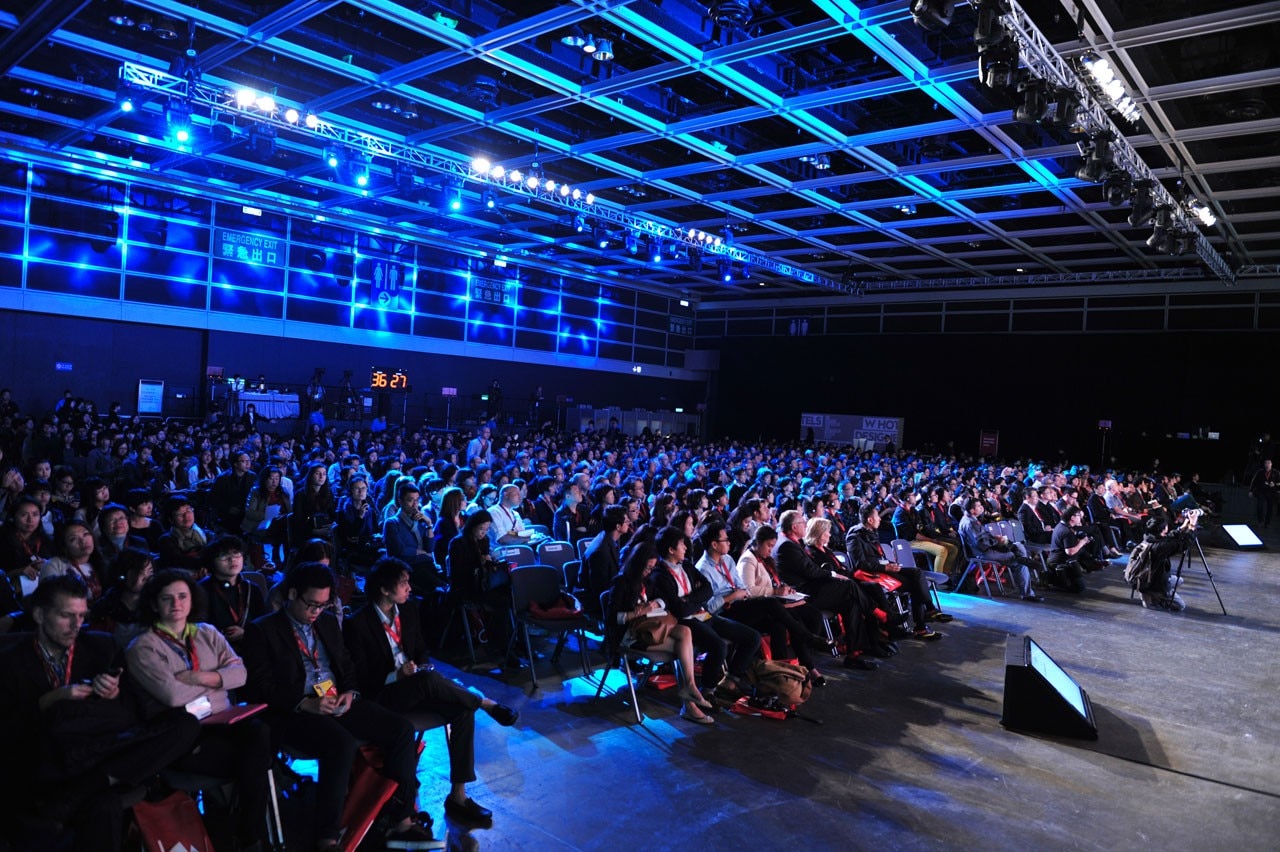
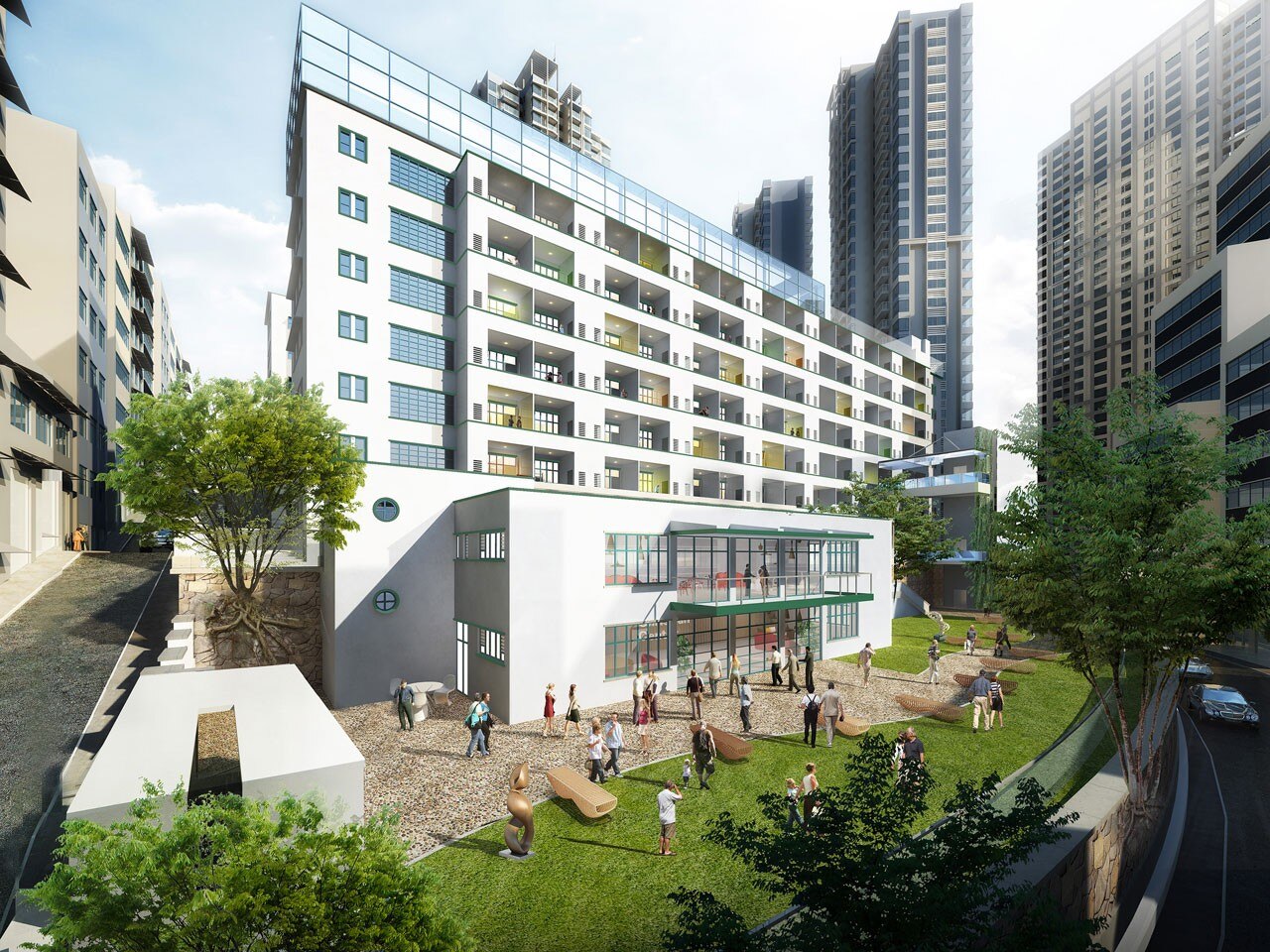
The government knows how to respond to the new demand and the Hong Kong administration has just donated a building, once the Police Married Quarters in Hollywood Road in the Soho zone of Central, to 100 young entrepreneurs, some foreign, who can open workshops and promote themselves. It will be called PMQ and opens its doors next spring with, once again, a view to linking creativity to the markets, local and non-. “At last, people are beginning to absorb and understand design; there is also a good market for design collecting. Since major contemporary art galleries opened in the city, from Gagosian to Perrotin, and with the arrival of ‘ArtBasel’, the fair that turns everything to gold – the second edition is in preparation (ed. note) –, Hong Kong has confirmed its status as the fulcrum of the Asian art market. I like to think of design as a drive in our economy. In my own small way, I have become a collector. I like simple lines and I look for small sculptures, paintings and Scandinavian-design furniture.
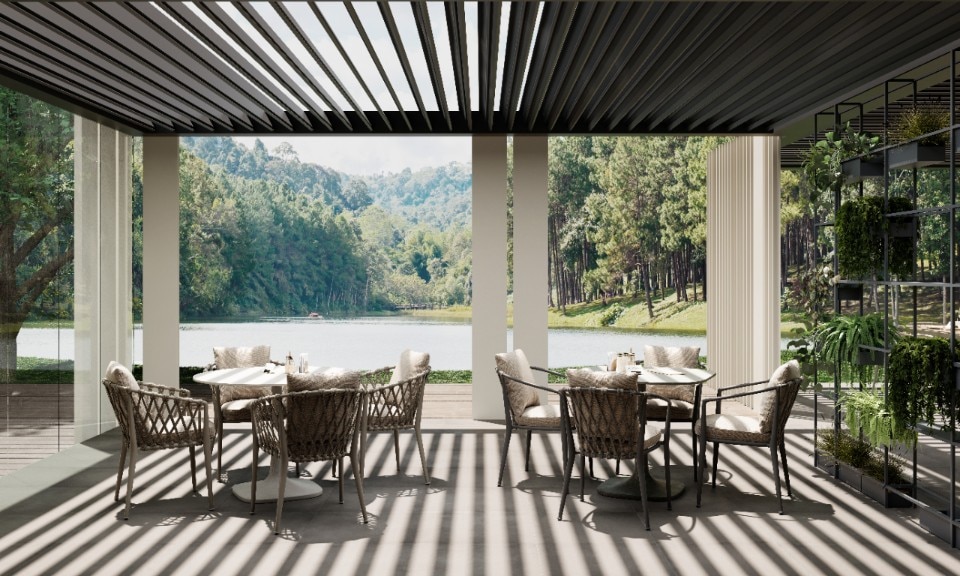
This system turns the outdoors into a custom experience
A fully configurable structure, designed to blend seamlessly into the natural landscape while providing shelter from sun, wind, and rain.
It exists - it’s called CODE.


